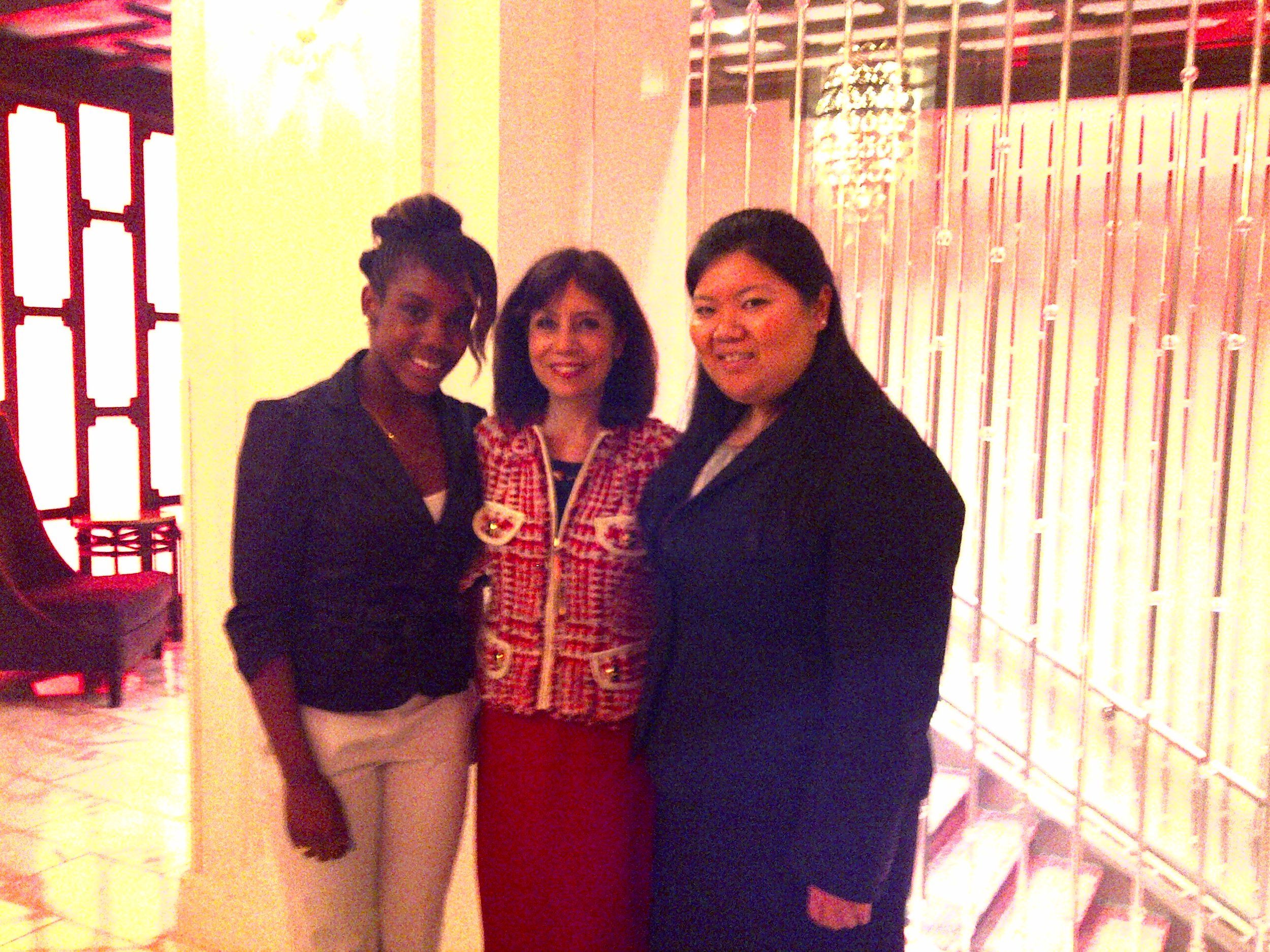 Watching a national murder trial is a lesson in the power of persuasive public speaking.The verdict for Casey Anthony was NOT GUILTY. I was shocked. I didn't see that coming. Eighty per cent of people who were polled thought the mother had killed her child and that she got away with murder. Yet, she walked away a free woman.
How was the defense team able to win the case?
Let's look at this from the perspective of persuasive speaking.
In every trial, both the prosecution and defense need to establish a relationship with the jury. And every public speaker must have a relationship with the audience.
But that's not enough.
Watching a national murder trial is a lesson in the power of persuasive public speaking.The verdict for Casey Anthony was NOT GUILTY. I was shocked. I didn't see that coming. Eighty per cent of people who were polled thought the mother had killed her child and that she got away with murder. Yet, she walked away a free woman.
How was the defense team able to win the case?
Let's look at this from the perspective of persuasive speaking.
In every trial, both the prosecution and defense need to establish a relationship with the jury. And every public speaker must have a relationship with the audience.
But that's not enough.
To win the case, the defense must cast doubt in the minds of the jury.
The prosecution must be able to build a convincing case.
In the Casey Anthony case, the dense attorney failed to paint Casey Anthony as a sympathetic figure but he was successful at casting doubt. The prosecution had a good case but why didn't they win? There was enough circumstantial evidence. Was it that the jury needed DNA evidence to convict her? Was the single hair in the trunk of the car not good enough?
The failure to persuade came down to strategy. There was enough circumstantial evidence to connect the dots. What was not clear was whether the death was planned or an accident that was covered up. Clearly, the mother was involved. So why didn't the jury convict?
Because the prosecution aimed too high. They wanted the death penalty for first degree murder. And because of this the jury couldn't convict the defendant. They didn't feel there was enough evidence. Had the prosecution aimed for manslaughter without a death penalty they would have had a greater chance of winning.
Here's the lesson for public speakers. When it comes to persuasion, the higher the stakes, the stronger your evidence must be. But it goes beyond building a strong logical case. You must take into account the emotions of and consequences on the audience you want to persuade.
In business, you may try to persuade employees to take a pay cut. But if they believe it's a step that will lead to layoffs, you'll never persuade them. The consequences are too great. The speaker would need an airtight case and flawless evidence in order to get agreement.
How often do people try to get buy-in thinking they have all the right reasons and evidence only to be shot down? Without considering the emotional impact, responsibility and consequences to the audience, chances are they'll push back.
To influence and persuade, public speakers must go beyond the evidence and adopt the right strategy.
The Casey Anthony jury didn't want the death of the defendant on their conscience as long as there was a "reasonable doubt". The lesson for persuasive speakers is consider the stakes-and then plan your strategy.
What do you think?
 Politics aside, Prime Minister David Cameron gave an effective speech yesterday in response to the London riots. I'm not a British citizen and I don't know their experience. What I do know is that Cameron responded by speaking clearly and to the point. He began with a clear purpose statement. "I'd like to update you on the latest situation and the actions we're taking to get this despicable violence off our streets." He paused after the word "violence" to let it land and wasn't afraid to use emotional words (despicable).
He then quantified the results. "There are 16, 000 police on the streets," "450 people have been arrested". Mr. Cameron went on to acknowledge all who contributed to the emergency services. In a politically correct society it's refreshing to know he's not afraid to condemn negative behavior and used words such as "sickening", "appalling", and "thugs". His tone was serious, impassioned, and strong. As a public speaker, he put a stake in the ground and took a strong stand. Listen to his presentation and make note of his direct, clear, and congruent speaking style.
Politics aside, Prime Minister David Cameron gave an effective speech yesterday in response to the London riots. I'm not a British citizen and I don't know their experience. What I do know is that Cameron responded by speaking clearly and to the point. He began with a clear purpose statement. "I'd like to update you on the latest situation and the actions we're taking to get this despicable violence off our streets." He paused after the word "violence" to let it land and wasn't afraid to use emotional words (despicable).
He then quantified the results. "There are 16, 000 police on the streets," "450 people have been arrested". Mr. Cameron went on to acknowledge all who contributed to the emergency services. In a politically correct society it's refreshing to know he's not afraid to condemn negative behavior and used words such as "sickening", "appalling", and "thugs". His tone was serious, impassioned, and strong. As a public speaker, he put a stake in the ground and took a strong stand. Listen to his presentation and make note of his direct, clear, and congruent speaking style.











